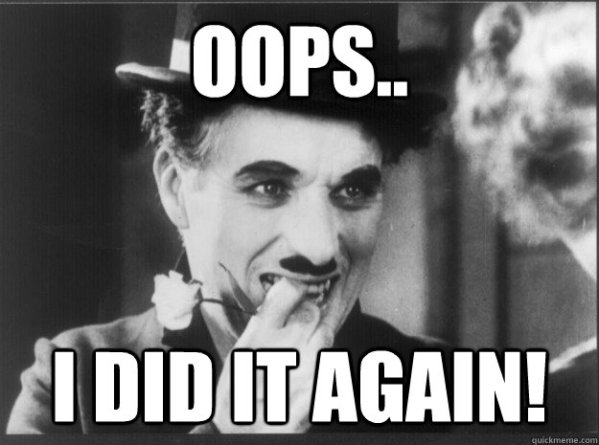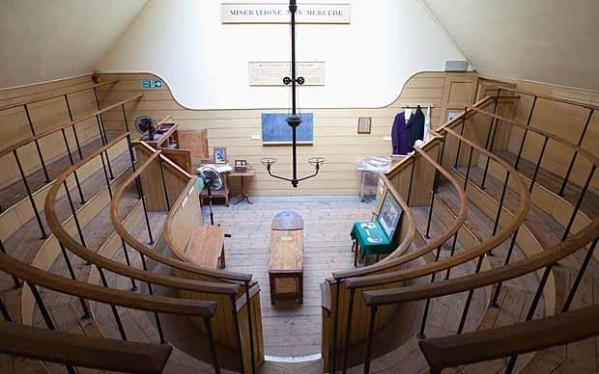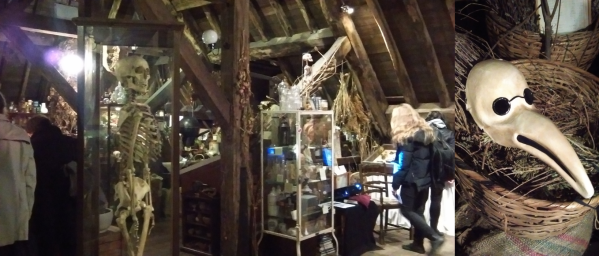 I’ve left it a while since writing a blog post! Sorry the PhD took over my life for a while there (a bit more than usual!).
I’ve left it a while since writing a blog post! Sorry the PhD took over my life for a while there (a bit more than usual!).
So what have I been doing? Well there has been some more data collecting, more writing, more hockey and the upgrade. For those of you who don’t know about the PhD process some universities conduct upgrades during the PhD. This is an examination type meeting where a couple of lecturers (most likely within the same department as you) question the PhD student on a piece of written work and assess whether they a) have a project that can stand and process onto a PhD and 2) that the student knows what they are doing?!
To be honest mine feels like a bit of a blur and it is quite an odd experience! However, I came through it and received some great advice that I will be using to refine, restructure and focus my project. I’m hoping that I’ll continue my PhD with a slightly new perspective and with the knowledge that it is going well (although I will have to remind my self that constantly. It’s the nature of the beast!).
Please note that for each university this process is different and has different requirements. When I talk about my upgrade it only relates to my experience. I highly recommend attending any training events relating to the upgrade and/or talk to your supervisors and fellow students who have gone through it. I was told that this is to help prepare you for the final viva so it is going to be tough – but worth it in the end!
So what else have I been doing? Well more data collection for a start. I’ve visited a couple more museums including Cheltenham Museum and a small collection held by the University of Bristol Spelaeologial Society (which also hosts the brilliant cave Gazetteers website that I mention on my British Osteologial Collections page). But I guess the one I would like to brag about is the Natural History Museum! Yup I was lucky enough to carry out a weeks data collection at the NHM London.
The NHM is one of my favourite museums, I went there a number of times and now that I live near London I can go as often as I like. But it was such a great opportunity to go and use some of their collection in my research. The lovely Curatorial Assistant was on hand to help with any questions and queries and it was great getting to chat to her. I hope to see her again at BABAO 2017 where we both hope to present a poster. It was a privilege to work there and can even say that I met the curator of the human remains collections (who was also our first key note speaker at our SSSB conference – see previous post). In addition, as part of the agreement to collect data I carried out some basic osteological curation work on the specimens I examined by completing an inventory sheet of the remains. It may sound like a small thing but it will allow for easier and more efficient inventorying and assessment for future researches and curators – and hey every little helps!
What else is there…Oh yeah I’ve just come off from two excellent training days organised by the Collaborative Doctoral Partnership (CDP), who fund my PhD. These two days talked about life after the PhD, getting and applying for funding grants and things to consider when applying for jobs. Even though I am only in my 2nd year to was a great thing to attend. It means I can start thinking about what I want to do now, and start preparing my CV, skills and research so I can look for work/funding efficiently and productively when the time comes. It was also great to meet some of the other CDP students, it’s always nice to hear about their experiences and learn about their research. Through this I was asked if I would like to do a small presentation about object handling at another CDP event coming up in a few weeks (check out those networking skills lol!). They haven’t got anyone talking about human remains so I think I will take them up on their offer. Plus it will give me another chance to practice my presentation skills! I’ll report back in a few weeks to let you know how it went!
Anyway, I hope this gives you a little idea of what I’ve been up to. Next week I’m away in Barcelona (it’s the boyfriend’s birthday treat) and will come back refreshed and relaxed ready to hit the ground running with the PhD. Until then…adios!








